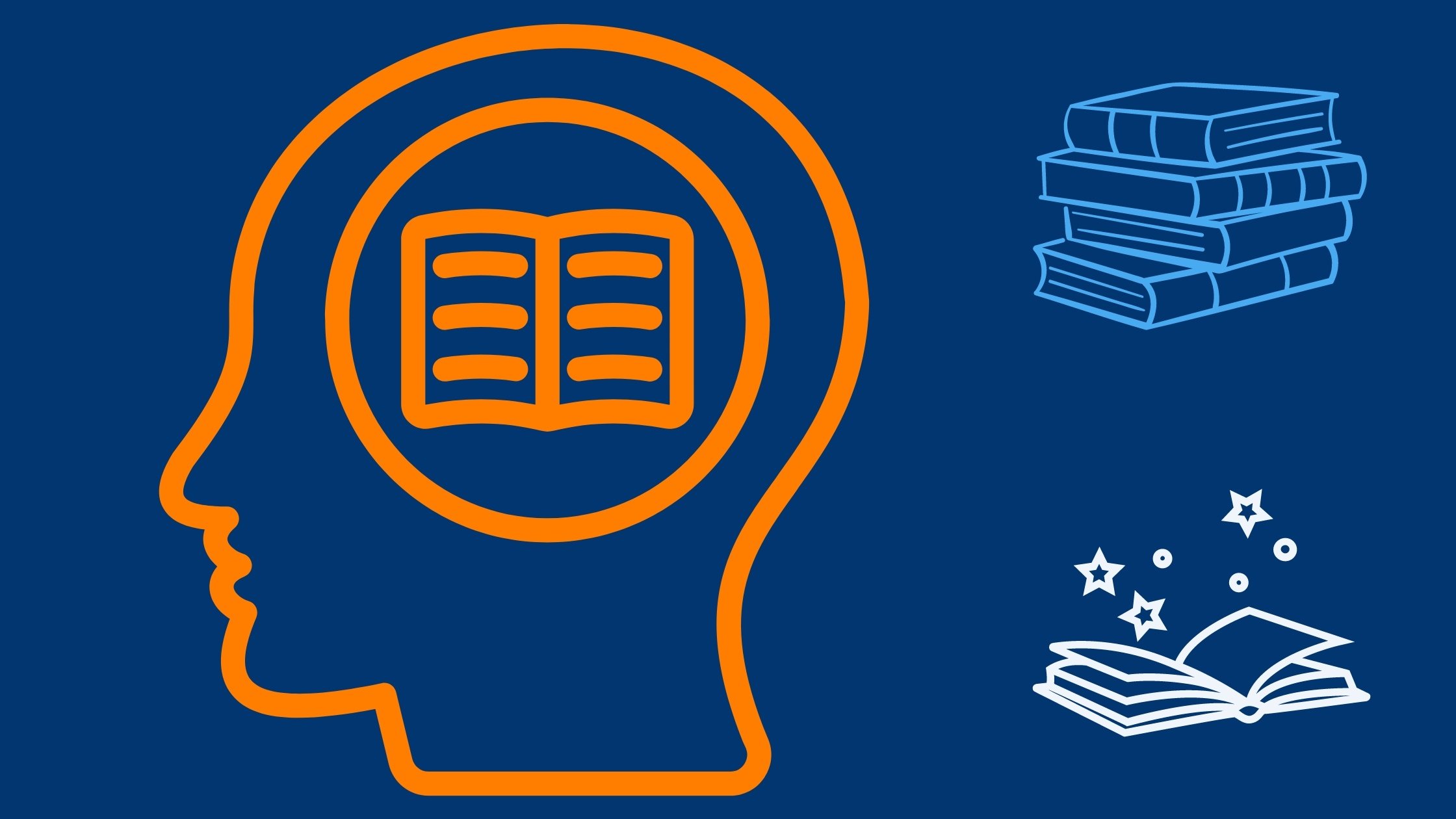Everyone thinks they know how to spot AI writing, but they’re looking in the wrong place.
There are a lot of people talking about all the ways in which you can detect if something is written by AI. The em-dashes have been hit the hardest. The “It’s not X, it’s Y” comparisons are making us all sick. Hell, there is an entire Reddit post dedicated to finding all the ways AI can be detected in writing.But I have found something that I have yet to come across anyone mentioning.
When a Number Keeps Crashing the Party
The number 47.
It’s certainly a gross number (and honestly don’t even like having it in one of our blog posts, but I’m sucking it up and going with it), and it is interesting how it keeps appearing.
A few examples:
(this one even breaks the emoji rule I talked about in the last Book Brew post).

I first noticed it when I was using ChatGPT to help brainstorm some social media posts. It kept using 47 over and over again. Kinda annoying, but I don’t use the output without editing it, so not a big deal.
Then I started seeing it in others’ writing. Some I was fully aware they were already using AI tools for their writing, as they had disclosed it. But one in particular kind of shocked me with how he negatively talks about AI usage in writing. I will not call out this writer, as I am a huge fan of his work and will still consume pretty much anything he writes, despite knowing that he uses AI without disclosing it.
Why This Tiny Clue Actually Matters
“When you show up authentic, you create the space for others to do the same.” – Simon Sinek
Part of why I am shedding light on this is so you have another tool in your toolbox to help you quickly visually detect AI writing (it doesn’t always matter, but sometimes it does). But also to remind you that if you are using AI tools, disclose it somewhere. Don’t hoodwink people into thinking that something you wrote is purely yours.
My AI Confession Booth
I, for example, use tools like ChatGPT and Gemini to help me:
- Brainstorm ideas for social media posts.
- Write titles for my blog posts that will hopefully hook people.
- Write section header titles for my blog posts to make my long posts easier to read.
- Find quotes to include in some of my posts from the long list of books I have read.
- Write the alt text for any images I use on our website or social media.
- Review my writing to ensure it doesn’t sound like gibberish since I have something called Transient Expressive Aphasia, which causes me to think I am writing (or speaking) the right words when in reality it is nonsense.
- Review my writing against a writing style guide I have created for our business.
- Create the images for our social media posts (the images on the blog are mostly manually created in Canva, sometimes augmented with Canva Magic AI images).
Did ChatGPT 5 Fix Its Poker Tell?
Disclosure: At the time of writing this, I haven’t used ChatGPT as much since it switched to ChatGPT5, so I am not sure if 47 is still popping in as an indicator, but it was certainly a sign of ChatGPT 4o.
Now I Want to Hear Your AI-Spotting Secrets
What ways have you been able to tell if someone has used an AI tool to write (or help write) their content? Seriously, please share…I’m always interested in discovering new ways as the tools evolve.
P.S. Happy 47th birthday to me! (just kidding, I’m not that old….yet)
Ponder This
- If your favorite writer secretly used AI, would you feel cheated?
- Is it better for writers to disclose AI use upfront, or let the writing stand (warts and all)?
- What “weird tells” have you noticed in AI writing that make you laugh or cringe?
Books/Newsletters
- Leaders Eat Last - Simon Sinek


Comments